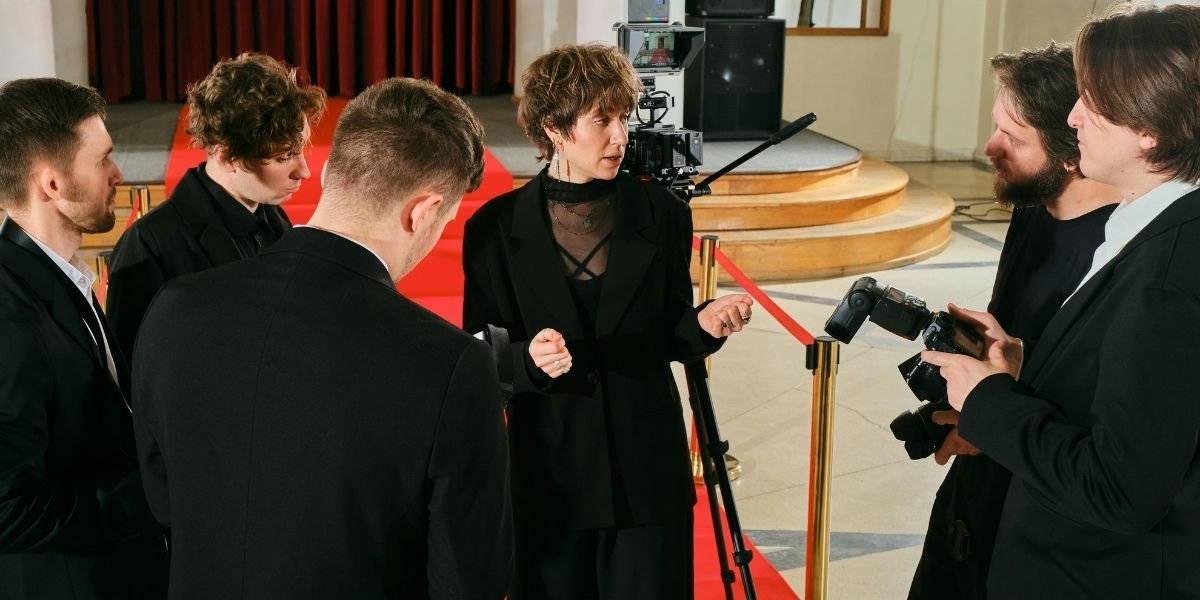Echoes from the Celluloid Past: Exploring Early Cinema
The history of cinema is rich with stories of innovation, creativity, and breakthroughs that shaped the way we experience visual storytelling today. Early cinema, which emerged in the late 19th and early 20th centuries, holds a special place in the heart of film lovers, historians, and industry professionals alike. From the first flickers of motion pictures to the development of narrative filmmaking, the early years of cinema laid the groundwork for what would become one of the most influential art forms in modern history. This article takes a deep dive into the origins of cinema, its pioneers, and the lasting impact these early films had on the world.
Read Also: Biblical Figures on Film: History and Challenges of Portrayal
How Did Early Cinema Begin?
Cinema, as we know it today, began as a series of technological experiments aimed at capturing and projecting motion. The first breakthrough came with the invention of the motion picture camera, which allowed images to be captured in rapid succession, creating the illusion of movement. Thomas Edison and his assistant George Eastman played key roles in the development of early film technology. Edison’s invention of the Kinetoscope in 1891, a machine designed to display moving pictures, was an early step toward what would become cinema.
The first true motion picture films were short, simple, and typically just a few minutes long. These early films were often silent and featured everyday activities like people walking, workers in factories, or simple vaudeville acts. The Lumière brothers, Auguste and Louis Lumière, were among the first to show films to the public, debuting their invention in 1895 with a screening of “Workers Leaving the Lumière Factory.” This moment is often credited as the birth of cinema, marking the transition from still photography to motion pictures.
What Role Did Silent Films Play in Shaping Early Cinema?
The silent film era was foundational to the development of cinema. Although films were devoid of synchronized sound, filmmakers found innovative ways to tell stories through visual means. Directors, actors, and cinematographers had to rely on expressive performances, clever camera angles, and creative editing to convey meaning. This era is home to some of the most iconic films and filmmakers in history, including Charlie Chaplin, Buster Keaton, and D.W. Griffith.
Charlie Chaplin, known for his character The Tramp, became a global icon with his films, such as “City Lights” and “Modern Times.” His use of physical comedy, emotive expressions, and mastery of timing revolutionized the art of silent film performance. Meanwhile, Buster Keaton was a master of stunts and physical comedy, famous for his daring and often dangerous routines in films like “The General” and “Steamboat Bill, Jr.” These performances helped to establish comedy as a dominant genre in early cinema.
While silent films were largely about visual storytelling, they also relied heavily on musical accompaniments. Pianists or orchestras would play music to enhance the emotional tone of the film. Music became an integral part of the cinema experience, providing a sense of rhythm and mood that was crucial for silent storytelling.
How Did Early Filmmakers Innovate the Art of Storytelling?
The early days of cinema were filled with experimentation, and filmmakers were eager to find new ways to tell stories visually. The art of narrative filmmaking began to take shape in the first few decades of the 20th century. D.W. Griffith is often considered the father of modern film editing and narrative structure, with his groundbreaking work on the 1915 epic “The Birth of a Nation.” Although controversial for its portrayal of racism, the film was revolutionary in its use of cross-cutting, close-ups, and tracking shots—techniques that are now standard in filmmaking.
Griffith’s use of editing to build tension and structure a story helped establish cinema as a unique form of storytelling. The technique of parallel editing, which shows two or more scenes occurring at the same time, allowed filmmakers to build dramatic tension and present multiple points of view. This style of filmmaking opened the door for more complex narratives and the development of genres like drama, romance, and action.
Meanwhile, other filmmakers like Georges Méliès were pushing the boundaries of special effects and fantasy filmmaking. His 1902 film “A Trip to the Moon” is one of the earliest examples of science fiction cinema, using innovative techniques like stop-motion and camera trickery to create a fantastical world. Méliès’s use of imagination and visual spectacle helped expand the possibilities of what cinema could achieve.
How Did Early Cinema Impact Society and Culture?
Early cinema had a profound impact on society and culture, influencing everything from social norms to fashion and politics. The first film studios and theaters opened up a new form of entertainment that was accessible to the masses. People from all walks of life could experience the magic of motion pictures, and the cinema became a place for socialization, as well as an escape from everyday life. This accessibility helped to make cinema a cultural force, shaping public perception and the way people viewed the world around them.
Films also had a profound influence on the American Dream and the portrayal of idealized lifestyles. Hollywood, which would become the epicenter of film production, began to develop its own mythology around fame and success, with stars like Mary Pickford, Douglas Fairbanks, and Rudolph Valentino becoming household names. The glamorous lives of these stars were often depicted in films, and the public began to view cinema as a way to reach for a higher social status or a better life.
The rise of cinema as a social tool also meant that films began to address larger cultural issues. Movies like “The Birth of a Nation” and “Intolerance” (1916) reflected and sometimes challenged the social and political attitudes of their time. Though many early films adhered to traditional, conservative values, cinema also became a platform for social commentary and cultural critique, with filmmakers like Charlie Chaplin using their work to subtly critique class disparity and social injustice.
Read Also: How Movie Theme Songs Define Cinematic Identity
What Is the Legacy of Early Cinema?
The legacy of early cinema is far-reaching. Many of the techniques pioneered by filmmakers in the silent and early sound eras continue to influence modern filmmakers. The art of storytelling—from editing to performance—has been shaped by these early innovations. Today, filmmakers still look back at the works of Chaplin, Griffith, and Méliès as essential examples of the power of visual storytelling.
The cultural influence of early cinema remains evident in the ways films continue to shape global culture. The impact of the silent film era can still be felt in modern-day filmmaking, with many contemporary directors drawing on its techniques to create films that resonate emotionally with audiences. The tradition of visual storytelling and innovative filmmaking lives on in the works of filmmakers who continue to experiment with new technology and methods, but it all began with the pioneers of early cinema.
Early films laid the groundwork for an art form that has evolved over a century, but the spirit of exploration, creativity, and innovation that defined early cinema still echoes in films today.








